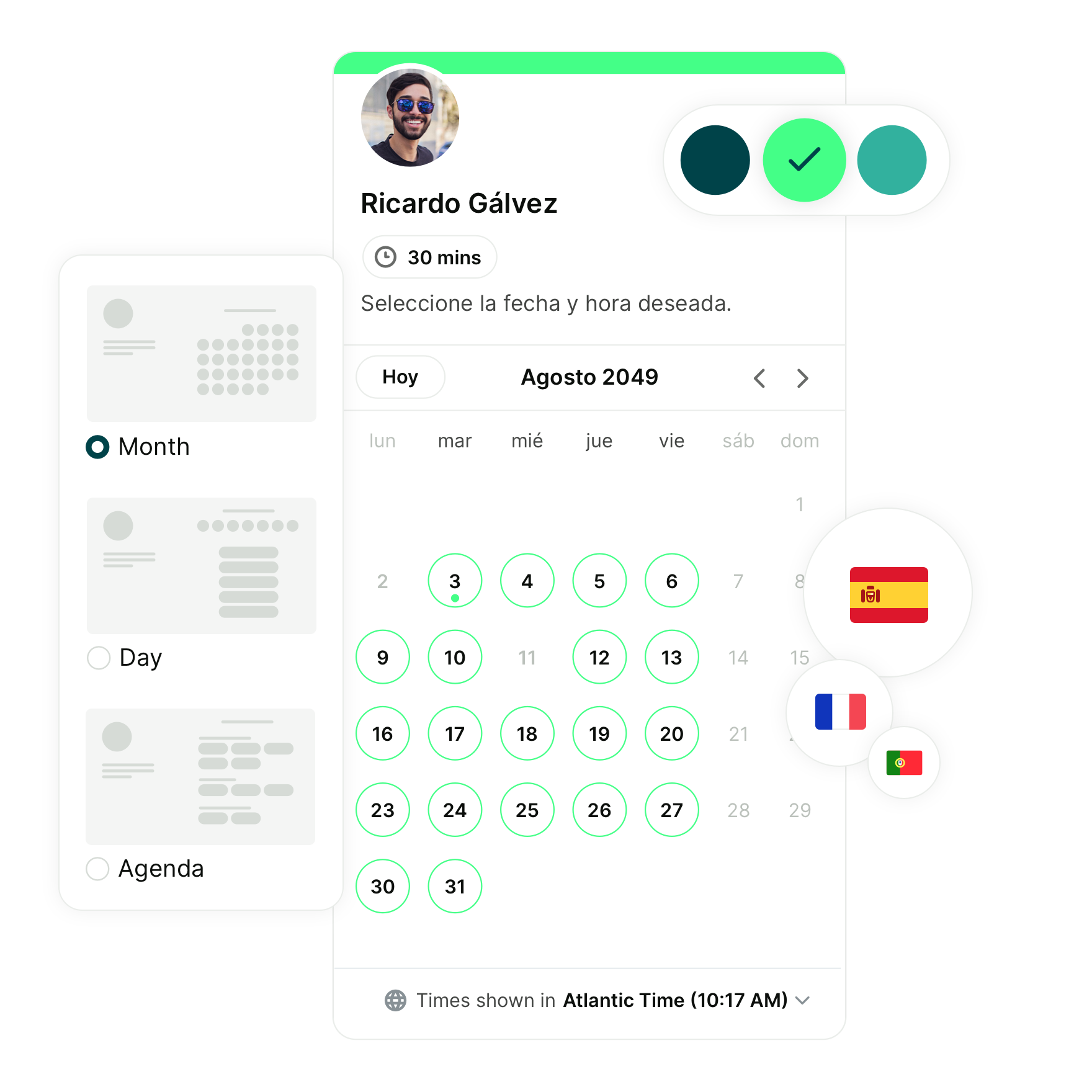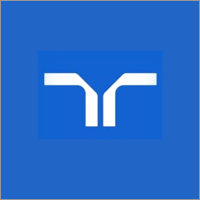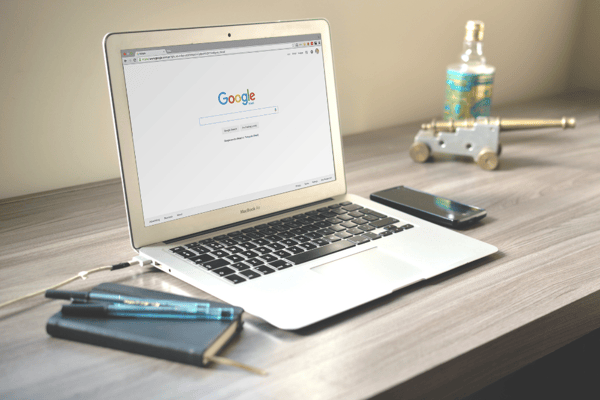Perhaps the last time the labor market experienced as drastic a shift as reflected in today’s labor dynamics, women left the hearth and met the insatiable demands of the industrial revolution.
Although labor dynamics have drastically evolved since then, technology and the fall-out of the pandemic have forced a relatively uncharted landscape for the employment market to navigate. In today’s economy, employers are scrambling to fill a massive labor shortage in many sectors, including IT, software engineering, and the beleaguered healthcare sector.
Working Today’s Remote Environment
Fast forward, and we’ve become all too familiar with the massive evolution in the employment industry and the rise of remote work. Technology provided solutions at the behest of project managers who needed skilled staff to fill a void in the industry.
By applying tech tools like online calendars and work boards, employers have the tools to recruit and nurture top talent. Using shared calendars compatible with Google Meet and Microsoft Office, staff and employers meet virtually and without drama.
Using efficient online tools, a team or singular contractor creates qualification parameters and posts their availability for potential clients to pursue. This seamless transition is like driving hands-free and still reaching the destination.
The caveat is that workers and employers still need to meet virtually, and tech and office solutions companies are rising to accommodate those specific needs. One of the issues brought forth by this shift is planning, scheduling, and executing remote interviews in order to grow and accommodate a remote workforce.
1. How to schedule a remote interview
Although prospective employers and staff no longer meet in a designated location, virtual meets may present other challenges. Following a few guidelines makes the entire process run smoothly.
Here’s how:
- Using a cloud-based calendar such as Google’s or Microsoft’s, schedule the meeting based on the availability noted.
- Establish the timezone for the agreed meeting and don’t assume a company’s headquarters is in the same timezone as an interviewee/interviewer.
- yIf you’re making the meeting verbally, note the agreed time and send a reminder link including the particulars.
The easiest way to automate this process would be to use a interview scheduling tool such as YouCanBookMe. Your remote interviewee would be able to click on your booking link and choose a time that works for them instantly.
Time zones are calculated for you, and confirmations and reminders are sent automatically to reduce no-shows. Additionally, YouCanBookMe integrates with virtual meeting platforms such as Zoom, Google Meet, and MS Teams, and will generate unique meeting links for all of your interviews.

.jpg?width=100&name=Romy%20headshot%20(1).jpg)





.jpg)
